|
A few days after I had submitted my goldwork piece for the 'Emerging Fiber Artist' print exhibition by the Fiber Art Network, I received an email. Pope Francis had not made it into the exhibition due to the high volume of extraordinary work submitted this year. I did ask if they could be a little more specific, but I did not receive an answer. My guess is that, due to its religious content, my piece might be uncomfortable. Or maybe it is because I am not an emerging, but an established textile artist? Or were they looking for more abstract pieces? Or more mixed-media? We will only know when the print exhibition comes out. In the meantime, let's continue exploring how I made Francis shine! One of the main differences between modern goldwork techniques and the way Late-Medieval embroiderers used their gold threads, is that they don't often plunge. You can see that clearly in the picture above. The ends of the threads forming the lentil around the window are just cut to size and then secured with a few extra stitches. Another difference: gold threads are happily layered. This is often done to accentuate parts of the design. Or to hide an ugly edge as in the picture above. The gilt Twist covers the ends and turns at the top of the gold screen behind the figure. At first, it is really weird to lay a goldthread over other goldthreads and stitching it in place. Yes, you might stitch through the threads, but that's okay! And this layering of threads opens up so many nice possibilities. As I am not doing a historical reconstruction, I was able to use 'modern' threads. Originally, the separations between the roofing tiles were stitched with passing thread. Due to the pattern, they had to start and stop the thread many times. Far too time-consuming! I decided to use the Coronet Braid #8 by Rainbow Gallery. I couched my long stitches down with a fine metallic threads by YLI. I struggled a bit with the keystone. The padding was a straightforward yellow cotton string. But then I used the same thread as I had used for the gold screen: gilt passing thread #6. However, I wasn't pleased with the result. The thread was just too stiff to sit smoothly atop the padding. So, out it came... That's not a nice job and it probably took twice as long as putting it in. Due to the fact that some of it went on top of previous stitching, that had to be repaired too. Luckily, my second attempt with a finer passing thread looks very pleasing. Next up were the city or castle walls. Firstly, I put in all the string padding. When the padding was wider, I simply couched down an additional piece of waxed yellow string. The construction of the city walls is very straight forward: couching down gilt passing thread #6 with red Chinese flat silk. Again, the edges are covered with two thicknesses of gilt Twist. This defines the shapes and hides the rough edges underneath. Next up is the construction of the middle section of the city walls. Due to the nature of goldwork, you are often left with gaps between previous stitching and the next. In this case, there is a gap between the passing thread and the red silken lentil of the window. However, this gap nearly disappears when the Twist is couched over the top. This is what the finished city walls look like. Next up was the 'keystone' on the roof. I padded it with stranded cotton using chain stitches. This is an ideal way to pad irregular shapes as it is very flexible. I then used gimped couching with the thinner passing thread to fill the shape. To let it stand out some more, I added an edge of couched black stranded silk. I drew the two towers on a separate piece of linen. Making separate pieces and then applique-ing them onto the piece gives the whole embroidery a better sense of depth. This stumpwork is a key characteristic of these Late-Medieval embroideries. After the string padding and the or nue couching, I cut out the pieces. I turned the small seam under and secured it with a dap of white glue. I pinned the towers in place and couched them down. I added a spangle with a 3mm amethyst bead (bought when I visited Crete) to the diamond shapes. And last, but not least, I couched down a black stranded silk edge around the tower shapes for maximum contrast. To finish the background, I couched down two double rows of Rococo thread with red Chinese flat silk.
As this blog post is already rather lengthy, I'll save the finishing of the figure and the putting together of figure and background for a future blog post. You can find all blog posts related to this project by clicking Pope Francis in the categories menu on the right.
9 Comments
Susan Fohr
11/3/2019 16:37:18
Oh Jessica, sorry your work was not chosen. I love your Pope Francis! Thank you so much for sharing your work with us online.
Reply
11/3/2019 18:49:45
Thank you so much for your support Susan! It means the world to me :).
Reply
mabel
11/3/2019 22:42:06
Hoi Jessica, wat jammer dat je prachtige borduurwerk niet is uitgekozen, ze weten niet wat ze missen.
Reply
12/3/2019 08:28:56
Dank je wel Mabel! Ik vind het vooral vervelend dat ik niet precies weet waarom. Toen ik mijn werk inleverde, dacht ik dat je een specifieke beoordeling zou krijgen. Daar heb je eventueel wat aan. Aan een kale afwijzing een stuk minder. Maar ik ben wel heel benieuwd wat voor werk er wel is uitgekozen!
Reply
Pene
12/3/2019 02:19:24
Hi Jessica,
Reply
12/3/2019 08:36:34
Thank you Pene! Yes, I agree. The Judean-Christian symbolism is such a rich treasure trove and perfect for modern artists too. Regarding the misconduct of the church: the 'latest' in a string of huge scandals is the sexual abuse of nuns. Although it originally surfaced in the 90s, brave women are now breaking the silence. As it involves (amongst too many others!) a young former nun from Germany, who was raped by a priest in Rome, public interest is increasing. If you are interested and have the stomach for it, you'll find an excellent documentary here: https://www.arte.tv/de/videos/078749-000-A/gottes-missbrauchte-dienerinnen/.
Reply
12/3/2019 19:32:35
Thank you Rachel! I hope others will experiment with it too :).
Reply
I’m so sorry your work wasn’t chosen Jessica! It will indeed be interesting to see what was chosen.
Reply
Your comment will be posted after it is approved.
Leave a Reply. |
Want to keep up with my embroidery adventures? Sign up for my weekly Newsletter to get notified of new blogs, courses and workshops!
Liked my blog? Please consider making a donation or becoming a Patron so that I can keep up the good work and my blog ad-free!
Categories
All
Archives
July 2024
|
Contact: info(at)jessicagrimm.com
Copyright Dr Jessica M. Grimm - Mandlweg 3, 82488 Ettal, Deutschland - +49(0)8822 2782219 (Monday, Tuesday, Friday & Saturday 9.00-17.00 CET)
Impressum - Legal Notice - Datenschutzerklärung - Privacy Policy - Webshop ABG - Widerrufsrecht - Disclaimer
Copyright Dr Jessica M. Grimm - Mandlweg 3, 82488 Ettal, Deutschland - +49(0)8822 2782219 (Monday, Tuesday, Friday & Saturday 9.00-17.00 CET)
Impressum - Legal Notice - Datenschutzerklärung - Privacy Policy - Webshop ABG - Widerrufsrecht - Disclaimer

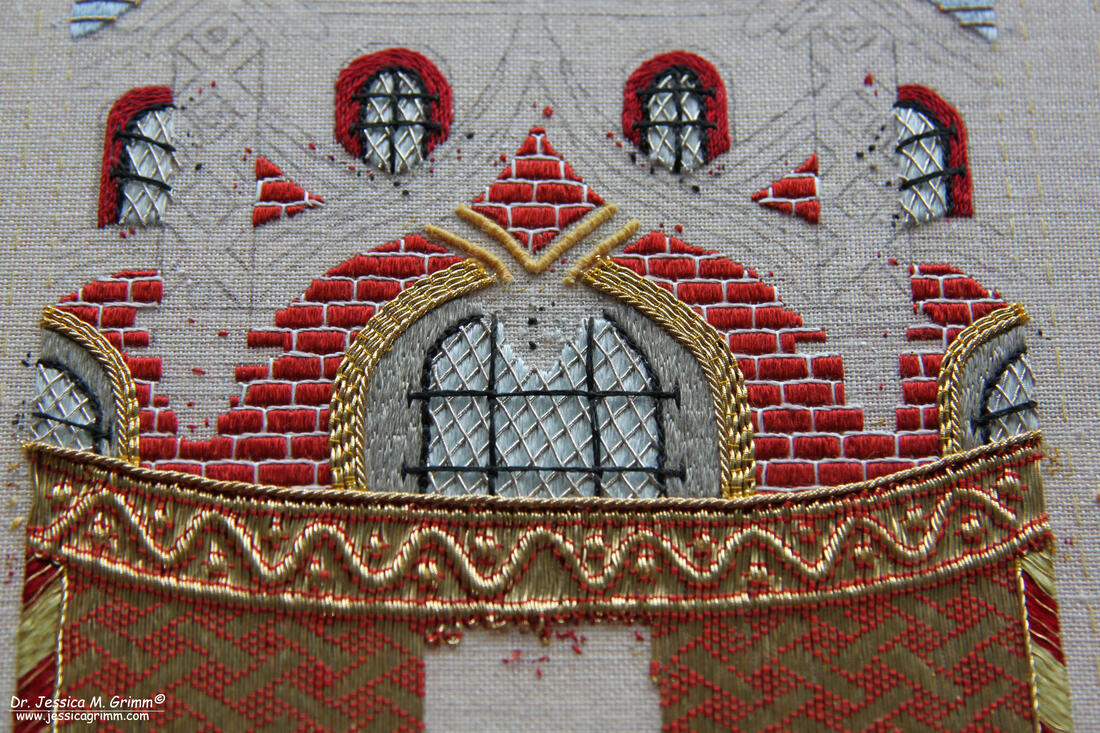
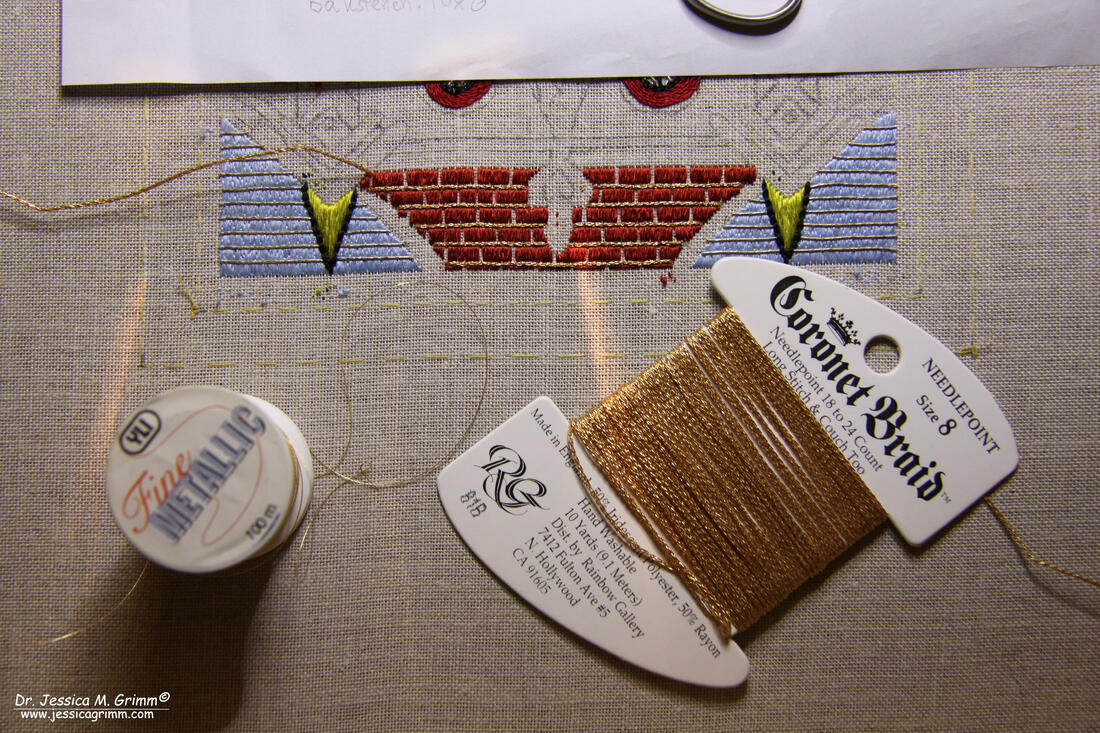
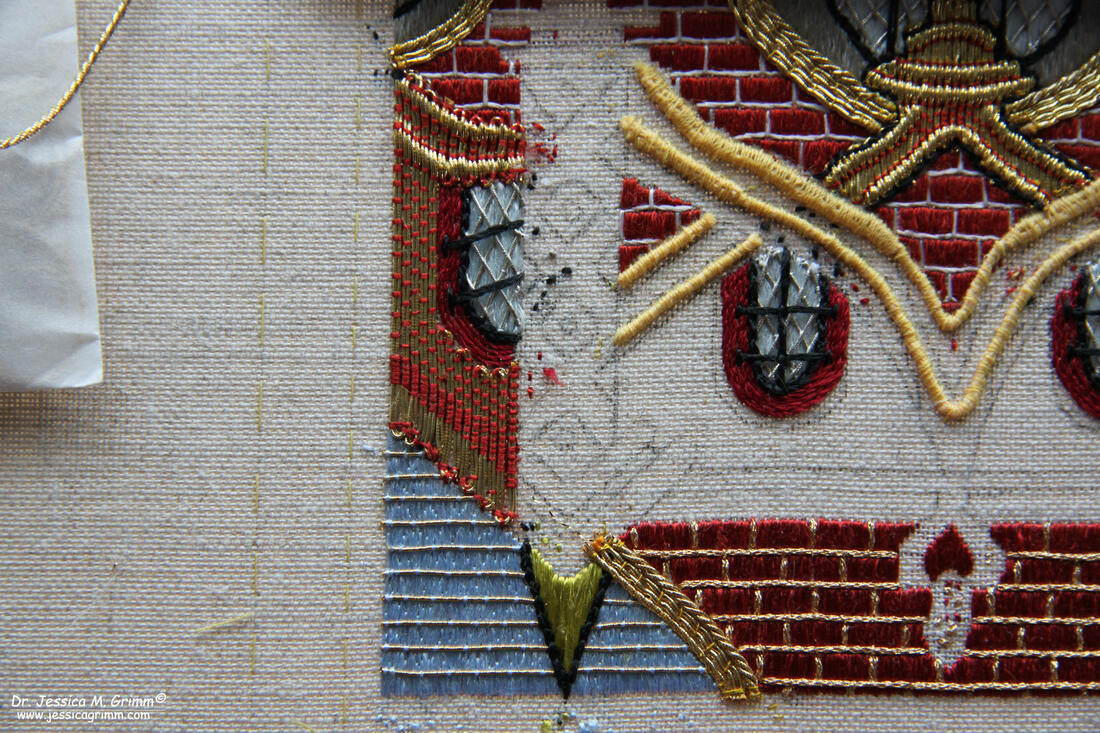
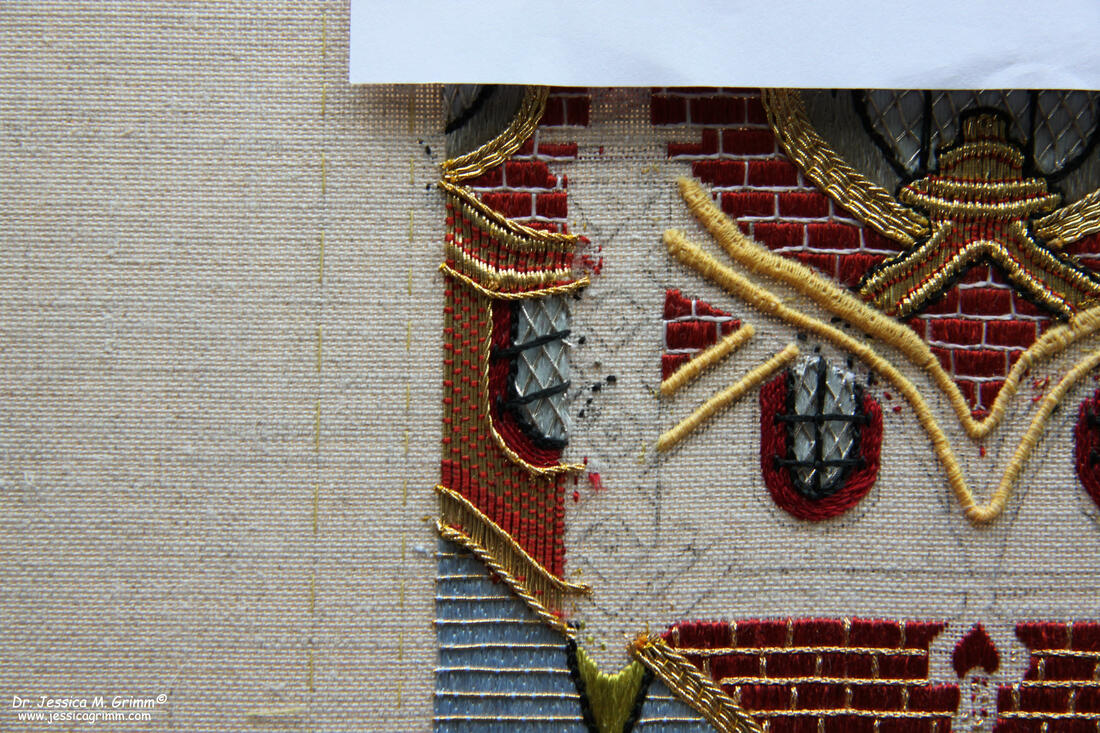
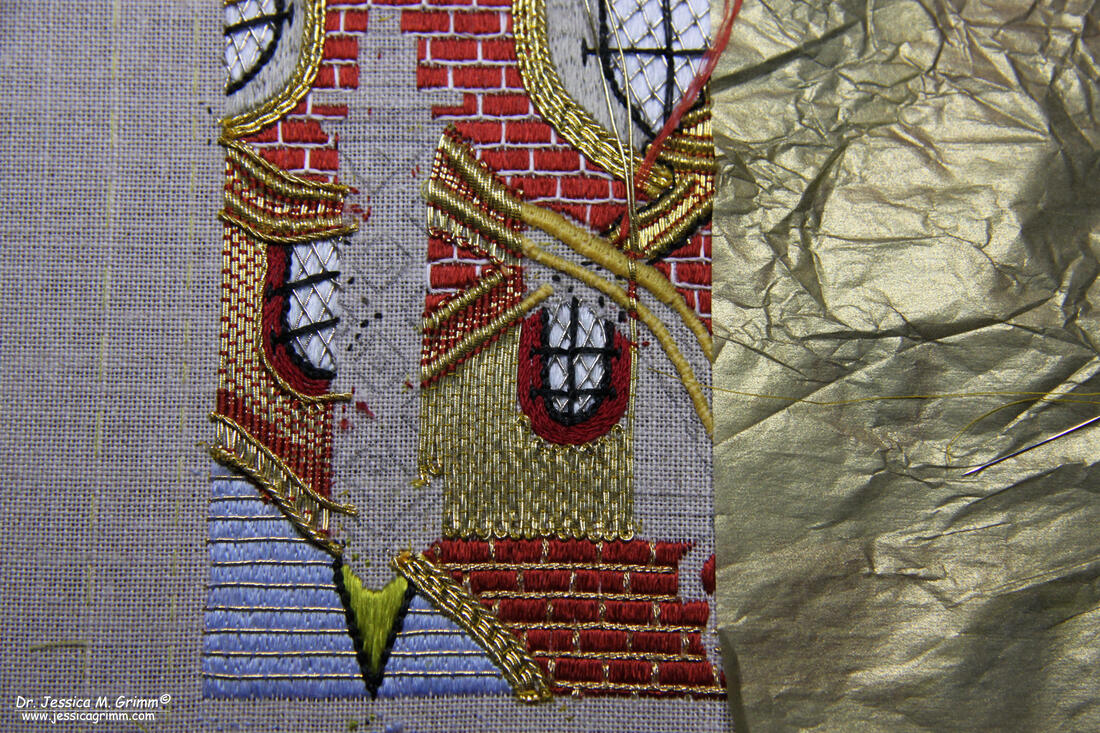
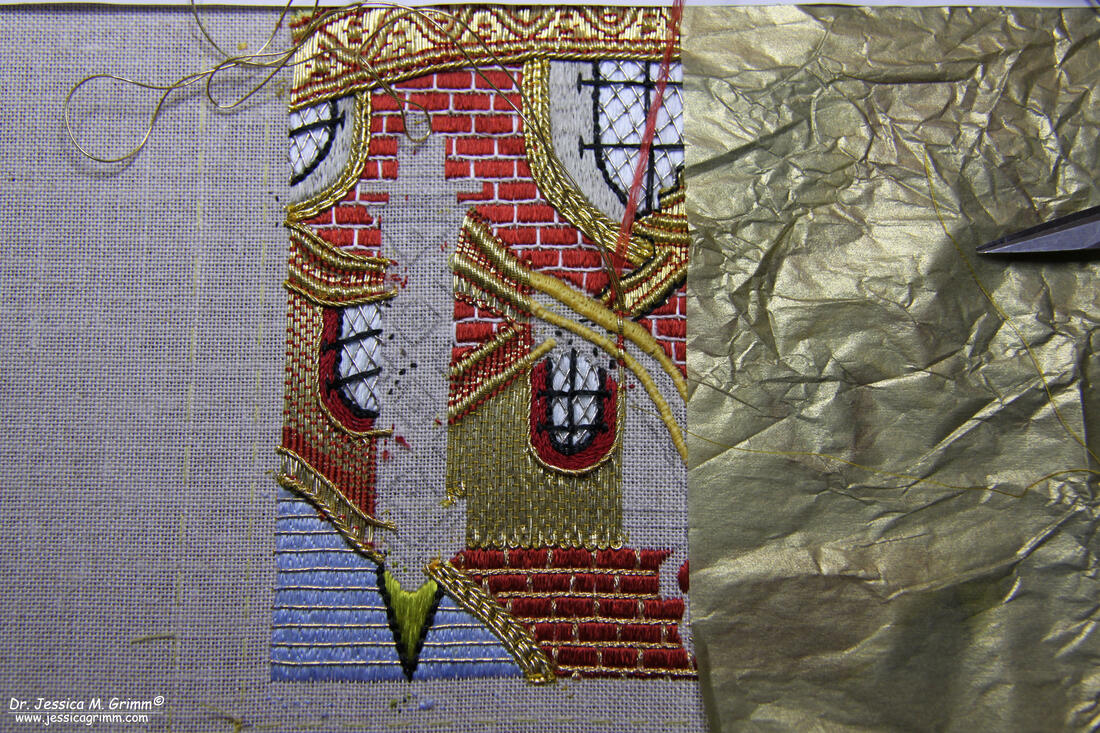
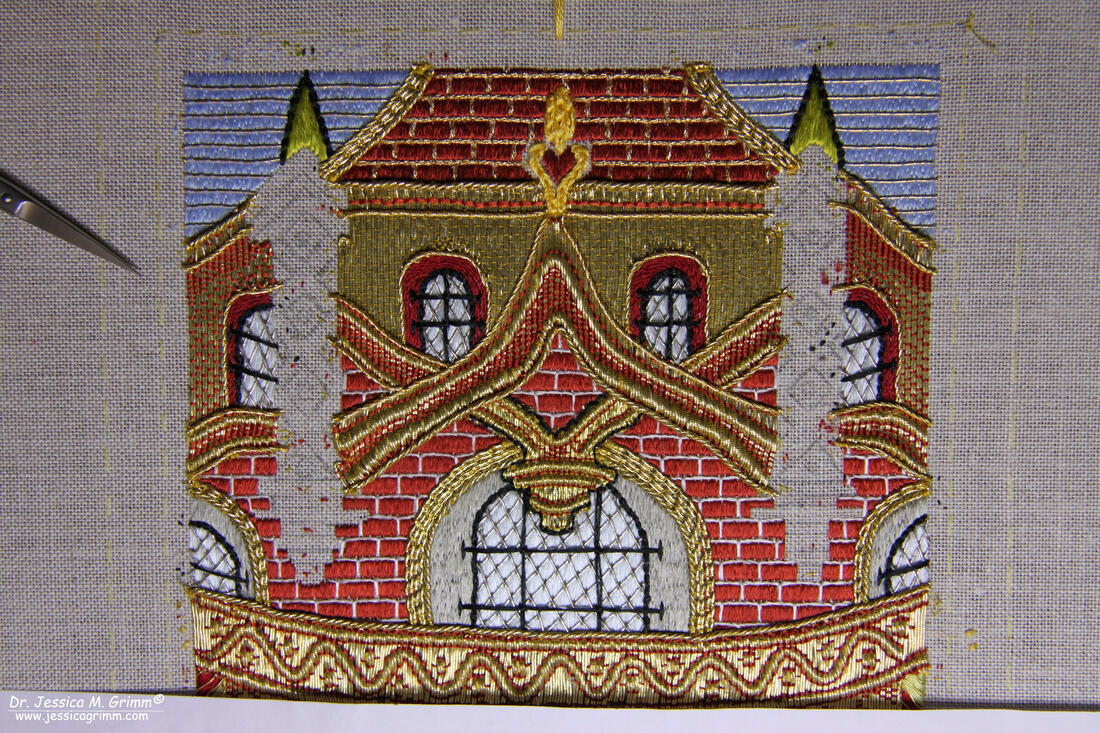
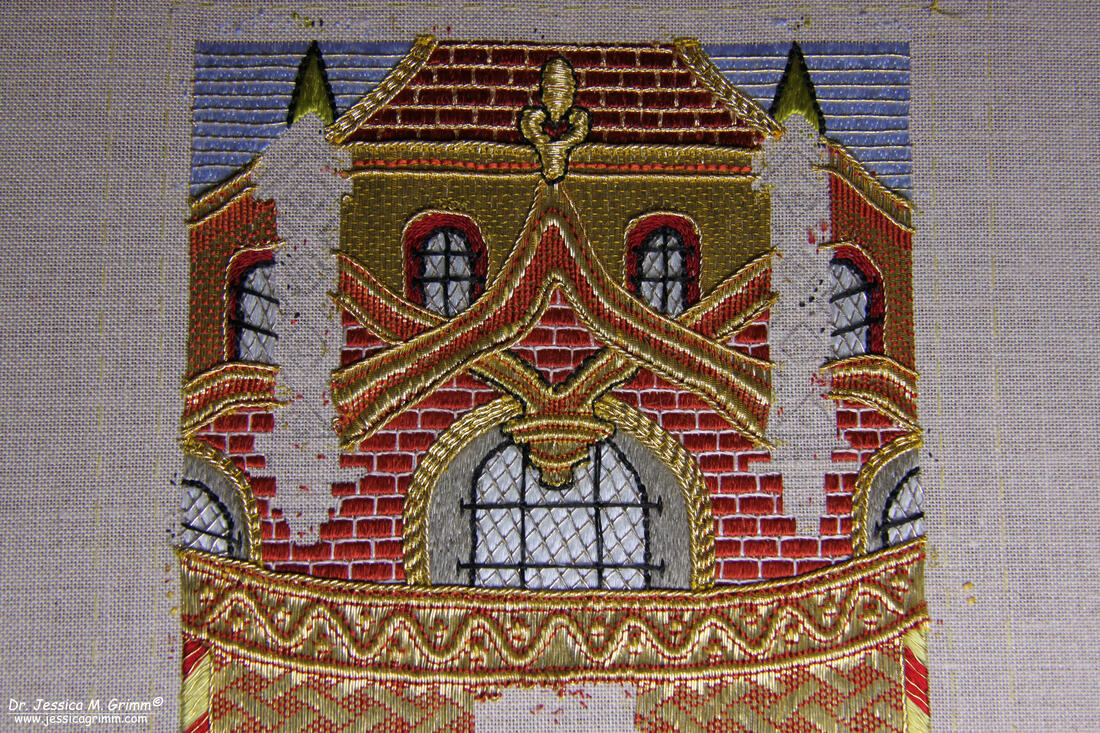
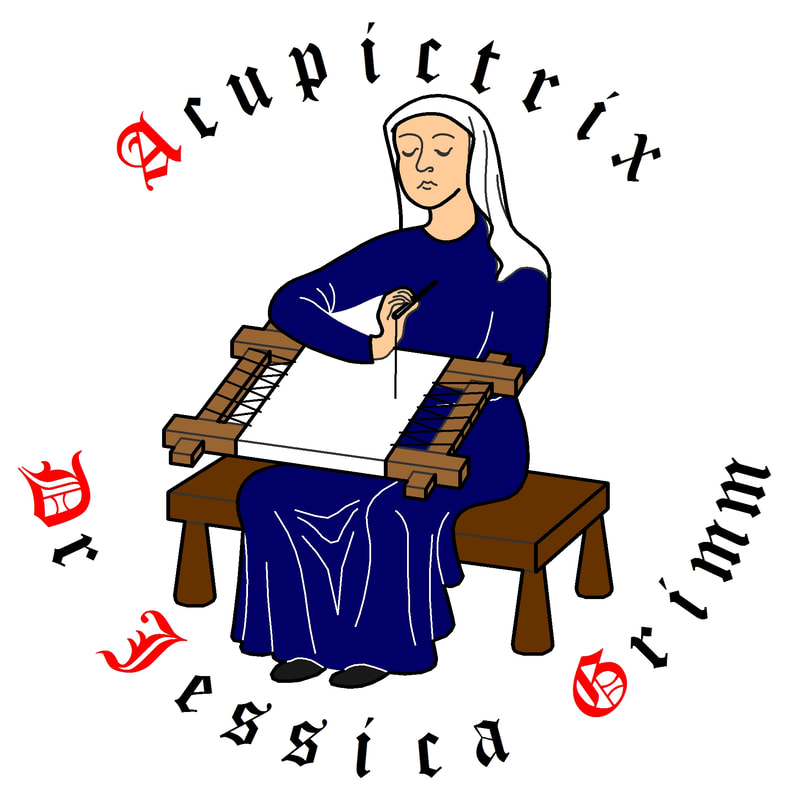


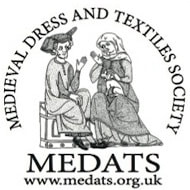
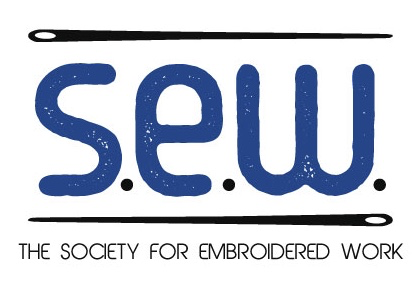
 RSS Feed
RSS Feed